Metals contract when the temperature drops. And since motorcycles are made mostly of metallic parts, winter has a unique effect on its performance which might be a cause of concern for you especially if the bike has a few thousand kilometers on the odometer. Apart from the constituent metal parts, other materials in the motorcycle also get affected by the change in temperature in winter. And if you are planning to go on a winter road trip these things might affect the way you are riding and how effectively you are riding as well! These special winter riding tips will ensure that you continue to ride safely and comfortably.
Get a weather-sealed helmet
In order to be able to handle your motorcycle better, it is important that you are able to see clearly and stay comfortable on the motorcycle. If your motorcycle helmet has been in use for many years, chances are that it has lost its weather-protection, which will let a lot of chilling cold wind onto your face, that will create a lot of discomfort and prevent you from focusing on the road. Therefore, the first order of business is to get a good quality branded motorcycle helmet with proper weather sealing. When purchasing a new helmet check for the air ventilation system and find out if you can close and open them as per your needs. Fixed ventilation system on helmets is not advisable for riding during the winters. Presence of a thick paddings and linings not only add to the comfort but also prevent air from getting inside.
Don’t put your hands in the pocket, get a pair riding gloves
A common riding hack that many bikers apply to keep their mittens warm when riding in the cold is to put them inside the jacket pocket and ride with just one hand! There are a couple of problems with this strategy, first it only keeps the clutch hand warm, and second the rider is always in a state of discomfort and hence distracted. Most importantly, this makes it difficult to control the bike under an emergency situation when both hands are necessary to operate and control it. A simple and effective way to keep your hands warm in winter is to get a pair of motorcycle riding gloves.
Always wear boots with a good grip
Riding in the winter usually means stepping on surfaces that might be covered in snow or frozen sleet. Even in places where it does not snow, the ground remains very cold and therefore not conducive to getting a good grip when you place your foot on the ground. On top of that if there is a puddle, a layer of water or dew, there is a high chance of slipping on the surface and losing control over your motorcycle. That is why you must always wear a pair of boots with good grips, especially if you are on a heavy motorcycle with camping equipment or a pillion rider on it.
Change the tires
Just like you need a good grip on the ground, the motorcycle also has to be equipped with tires that are well treaded. If your tires have been in use for several thousands of kilometers, it might have gone bald and all the treads might have eroded completely. If you noticed, the bike has only two tiny patches of contact on the road, and if those patches are smooth then it can severely affect the grip. A bald tire has no traction on the road and it becomes a cause for concern especially if you are riding in very cold conditions where the ground might already be slippery. Consider upgrading your motorcycle tires or re-soling them to ensure that the bike has good traction on the road surface.
Be more alert of drunken drivers
Cold temperature is usually an excuse for drivers to consume alcohol on the pretext of staying warm! Driving under the influence of alcohol impedes judgement thereby putting you, the motorcycle rider, at a significantly higher risk of a collision. Always keep an eye out for vehicles that are moving in a zigzag pattern and stay away from them. Even if you do not see any tell-tale signs of a drunken driver, keep at least a hundred meters of distance between you and other vehicles in winter especially when the conditions are foggy or overcast.
Switch on the hazard lights
A thick fog can reduce visibility to as low as 10 meters. If the conditions are not conducive for riding, wait until the fog lifts. If waiting is not an option, be sure to switch on your headlights/fog lamps along with the hazard lights so that other drivers can see you from afar.
 Wishlist
Wishlist
 Track Order
Track Order

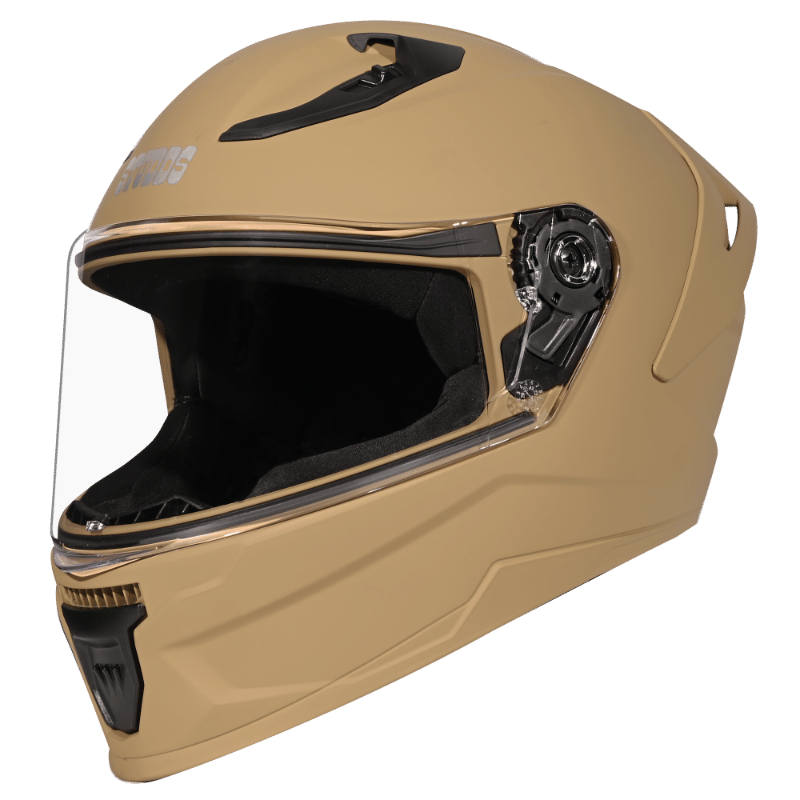
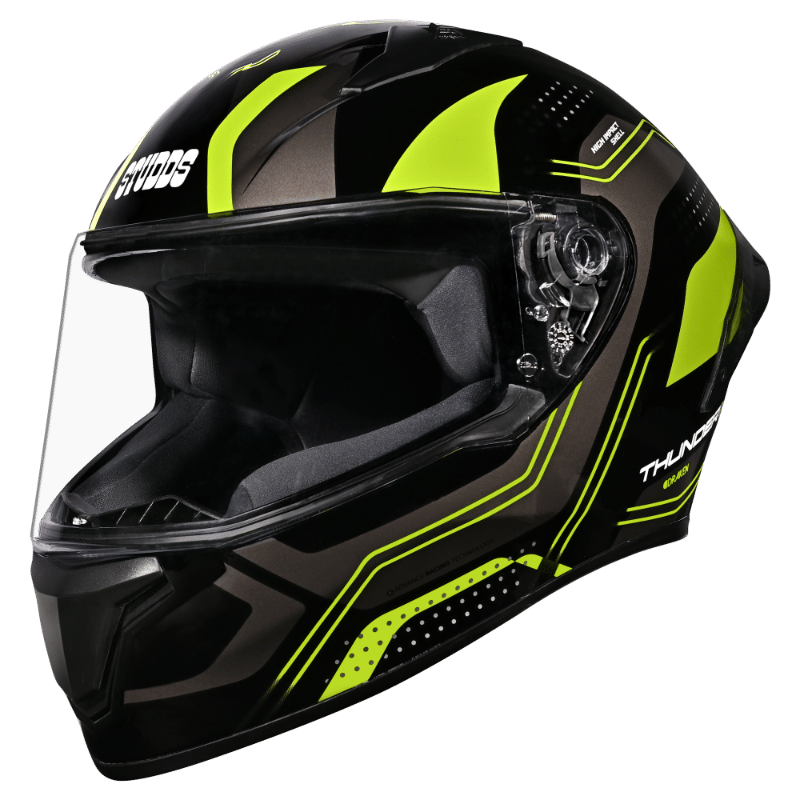
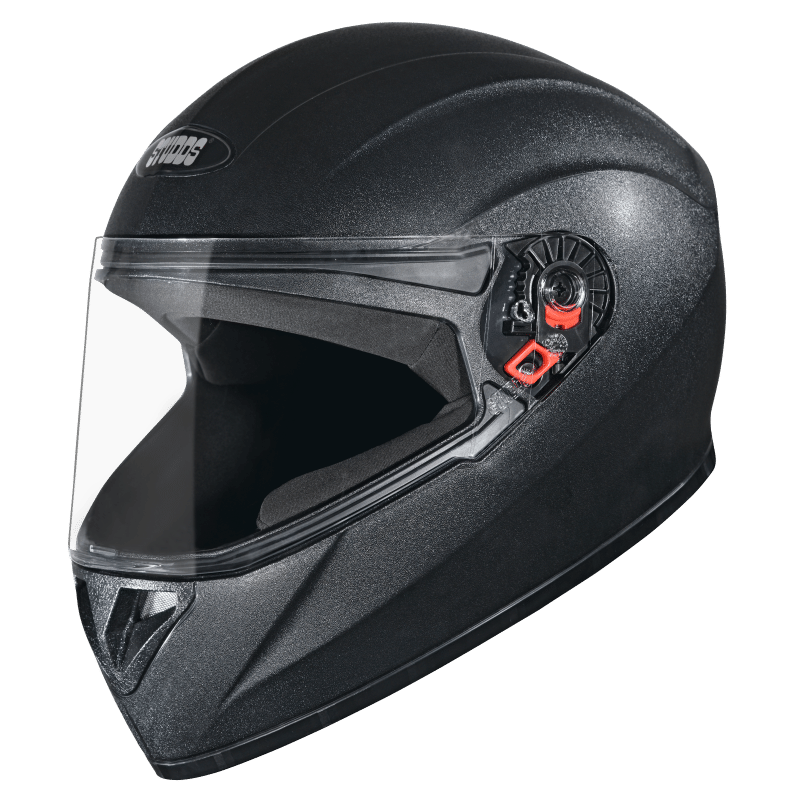
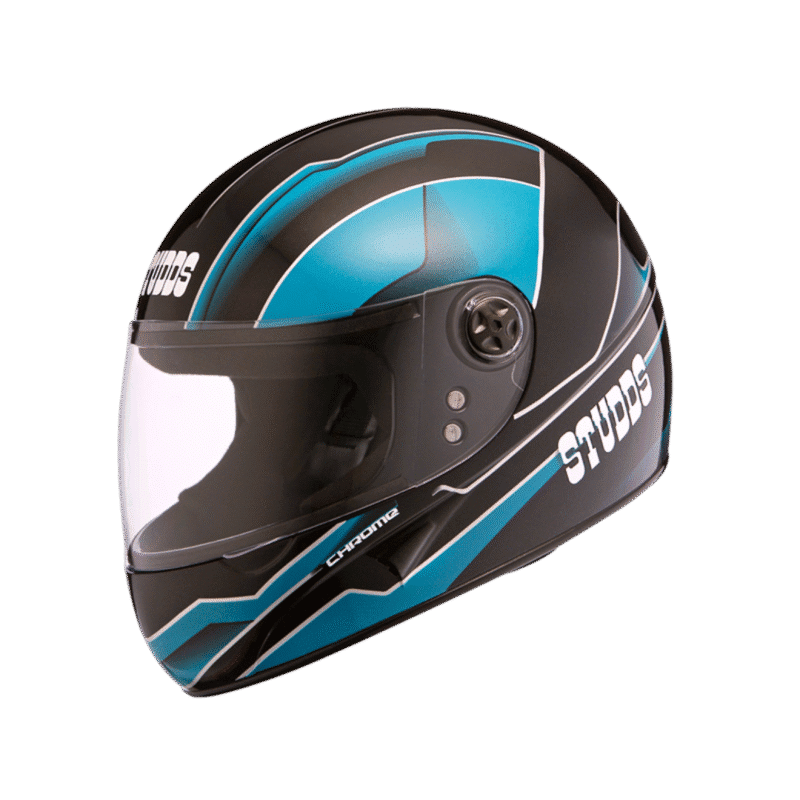
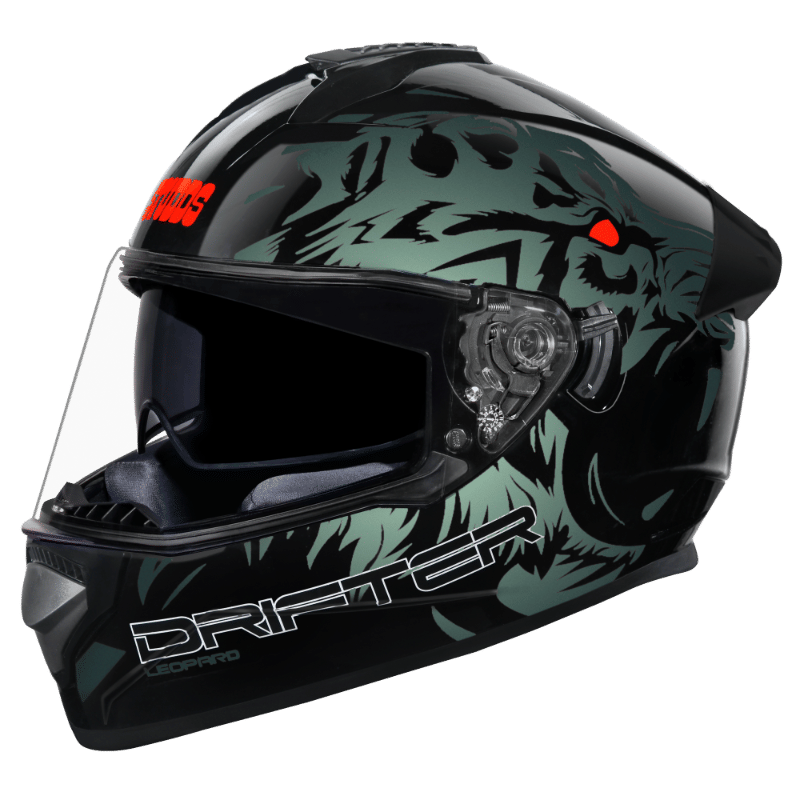
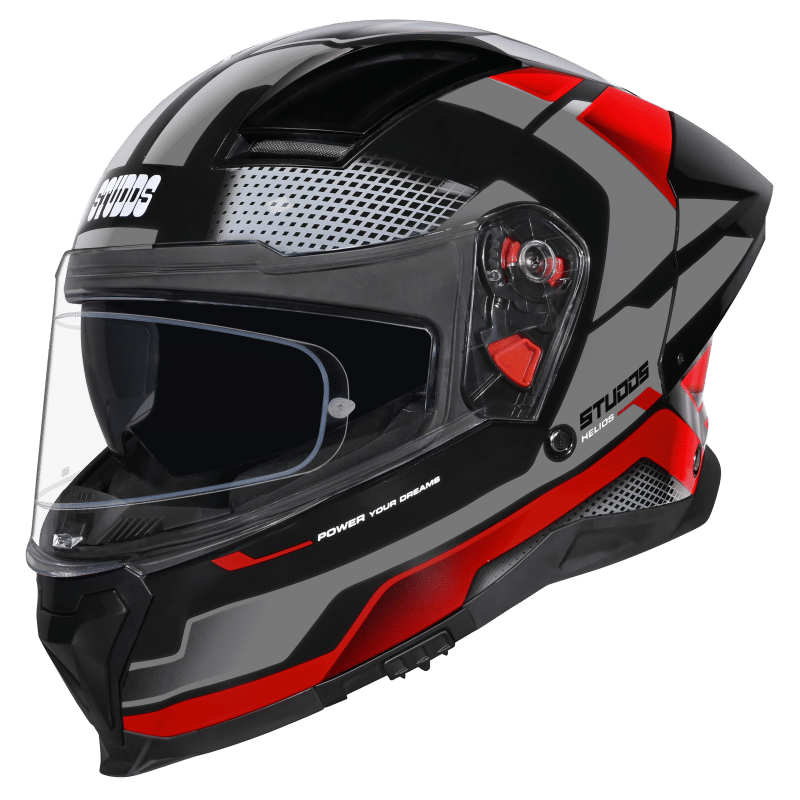
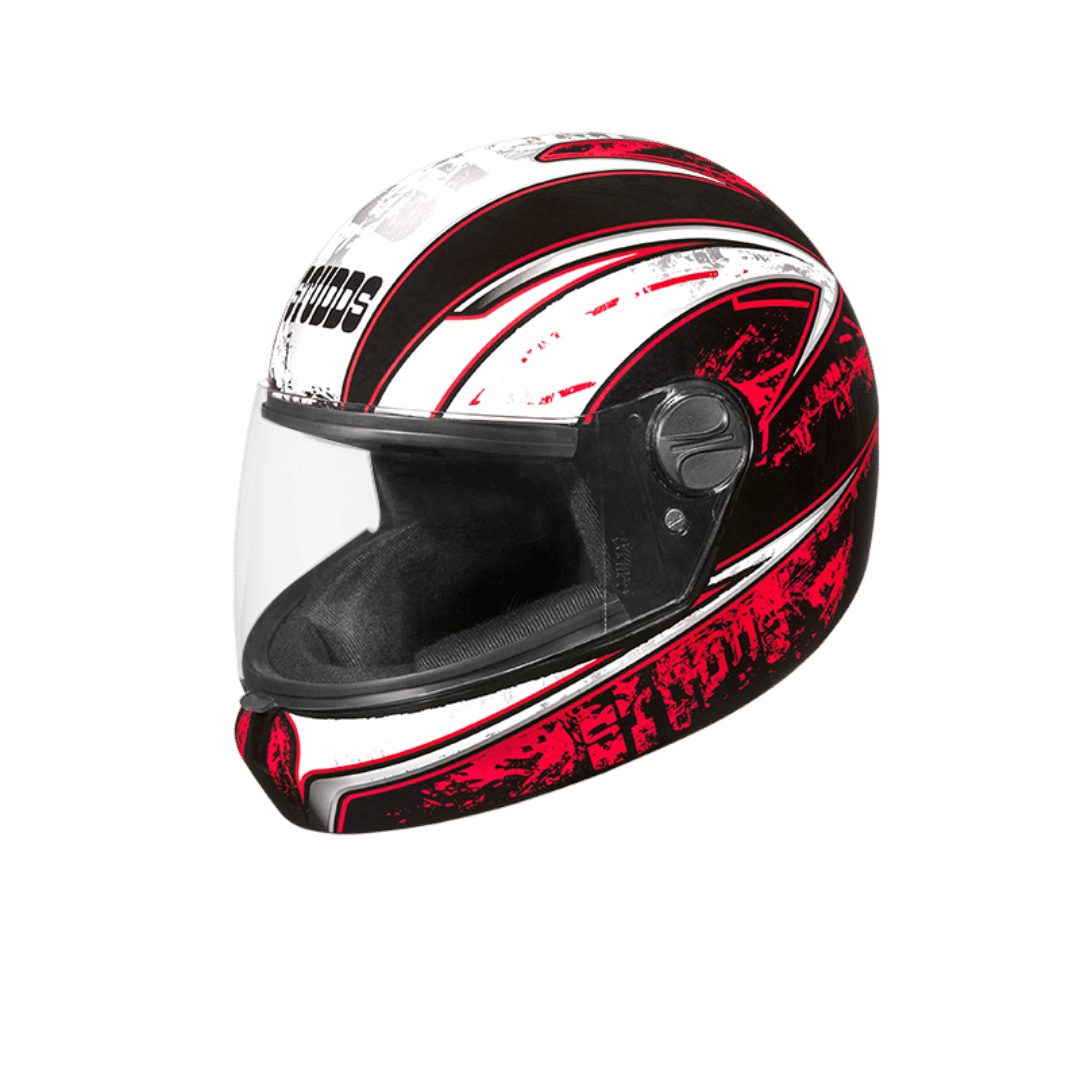
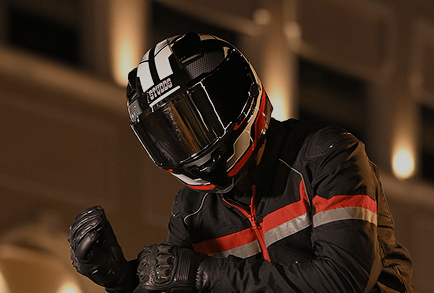
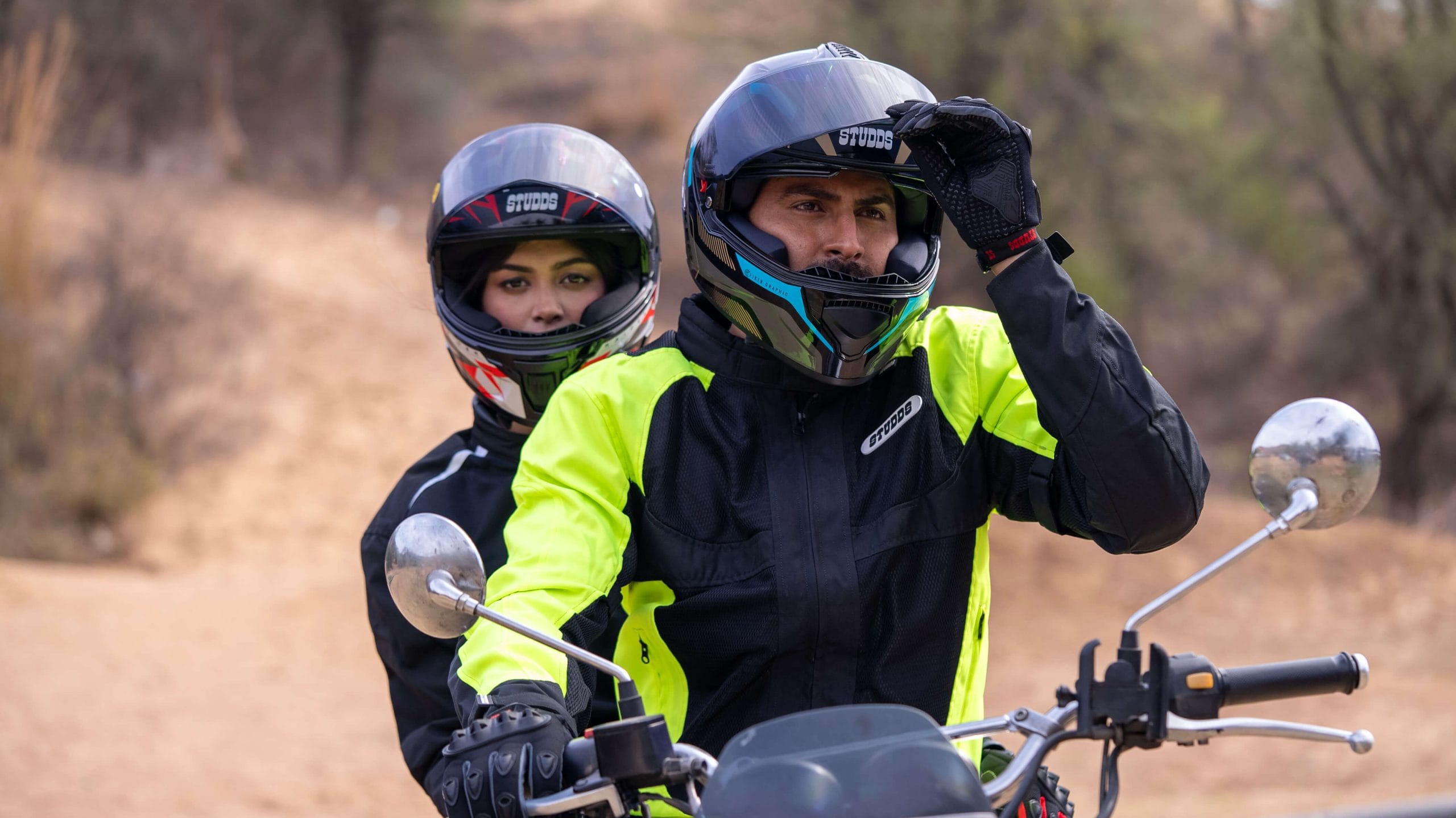
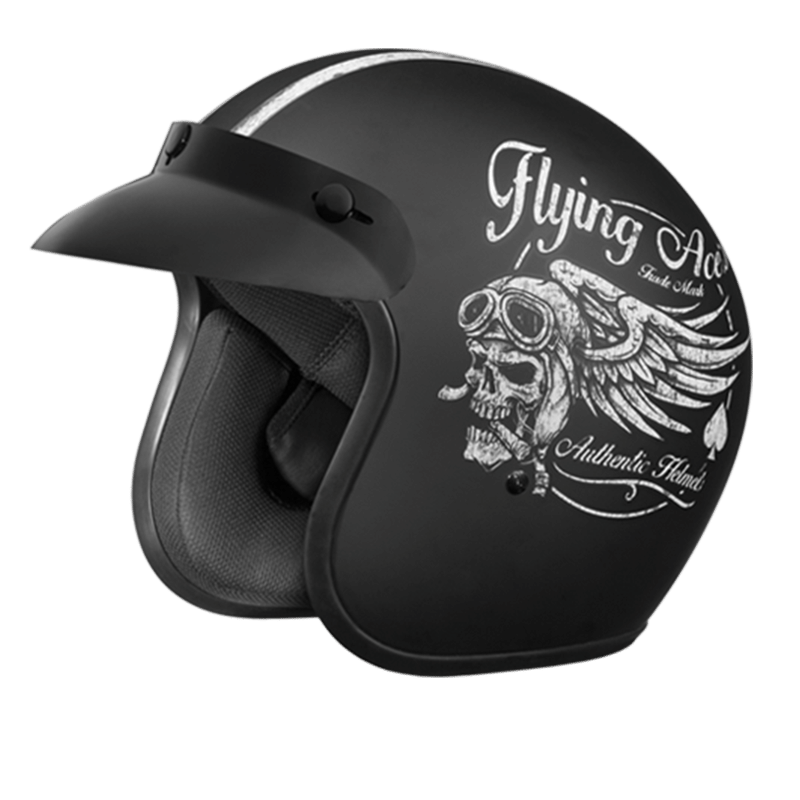
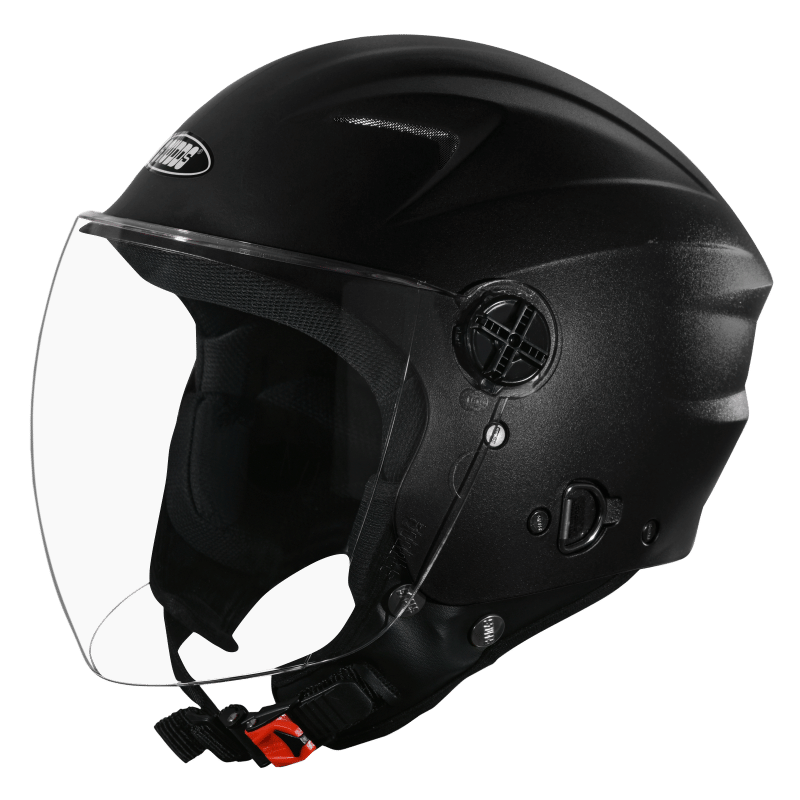
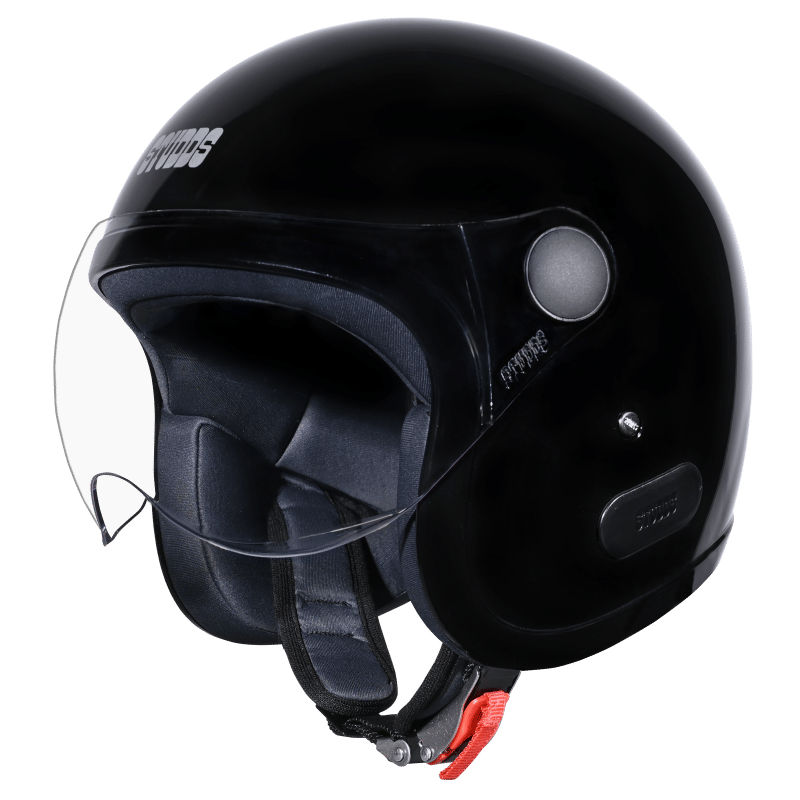
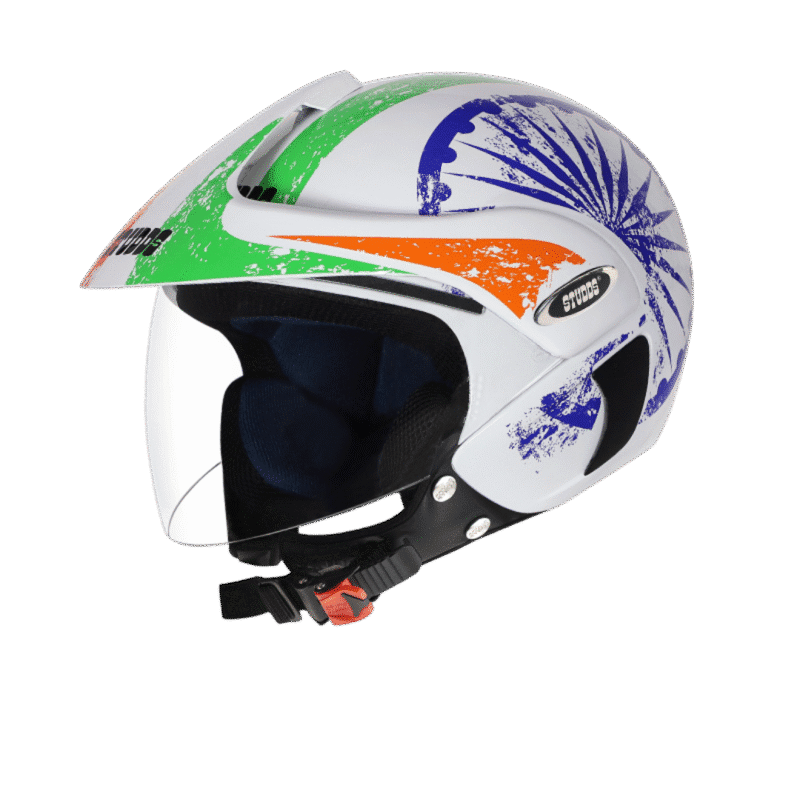
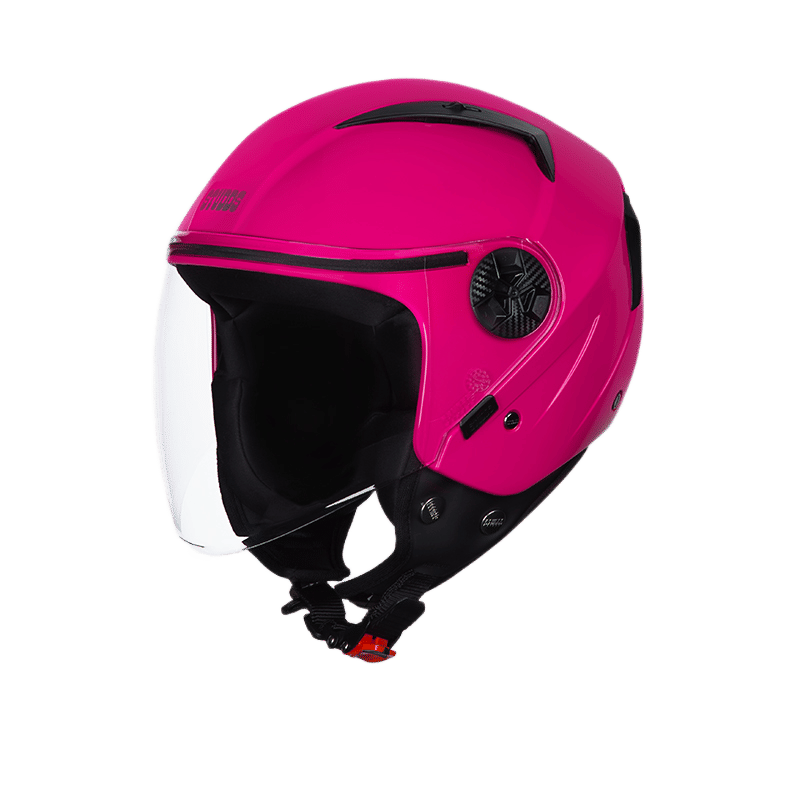
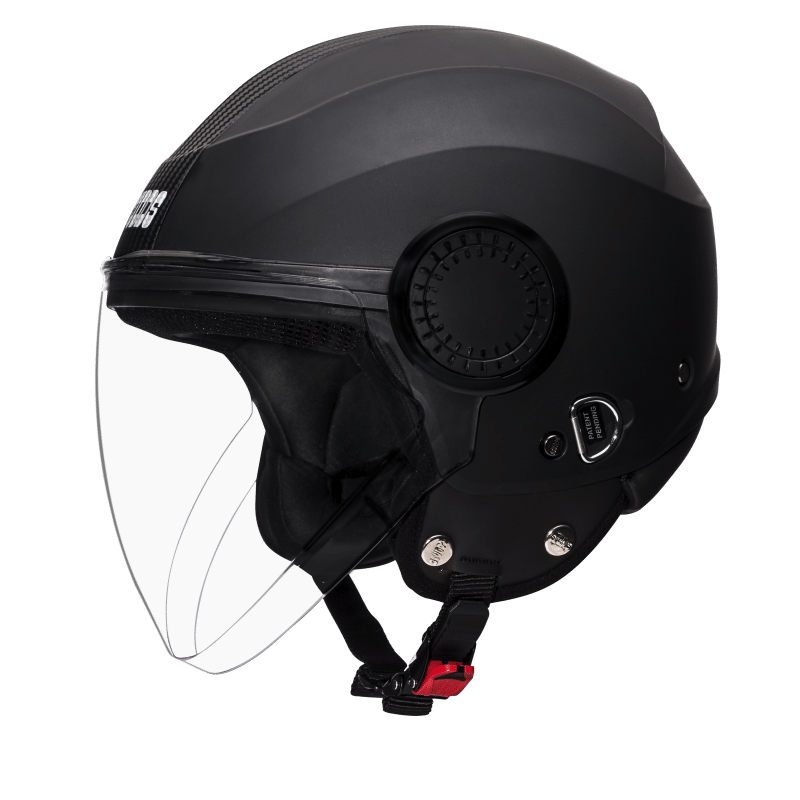
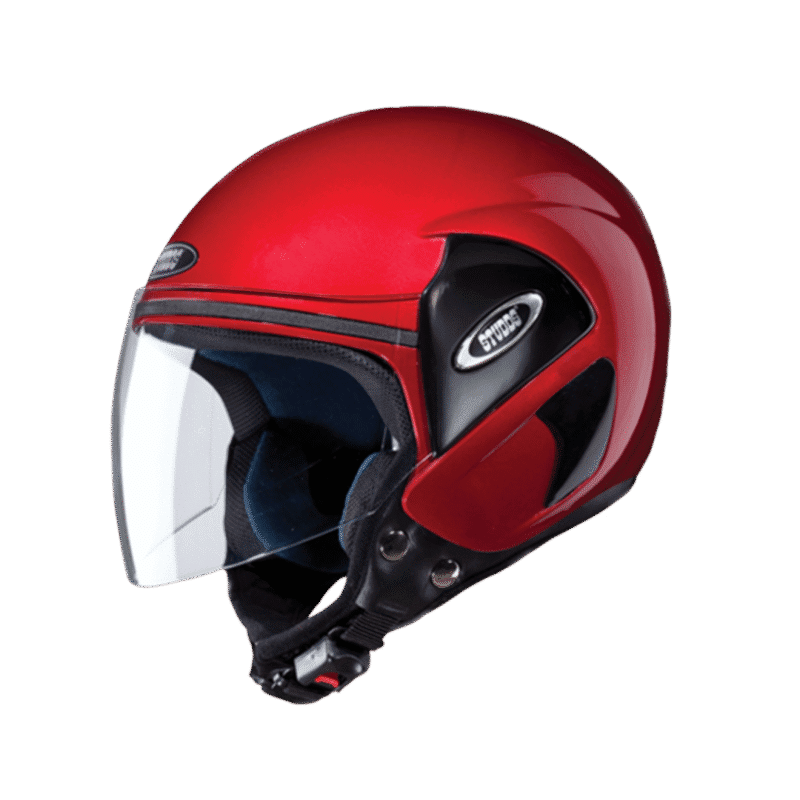
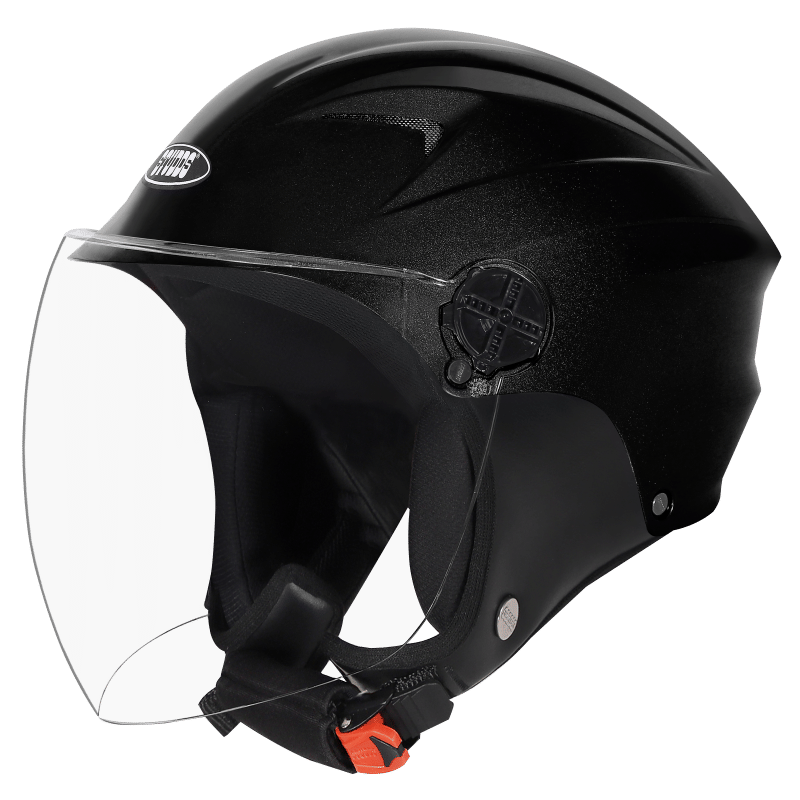
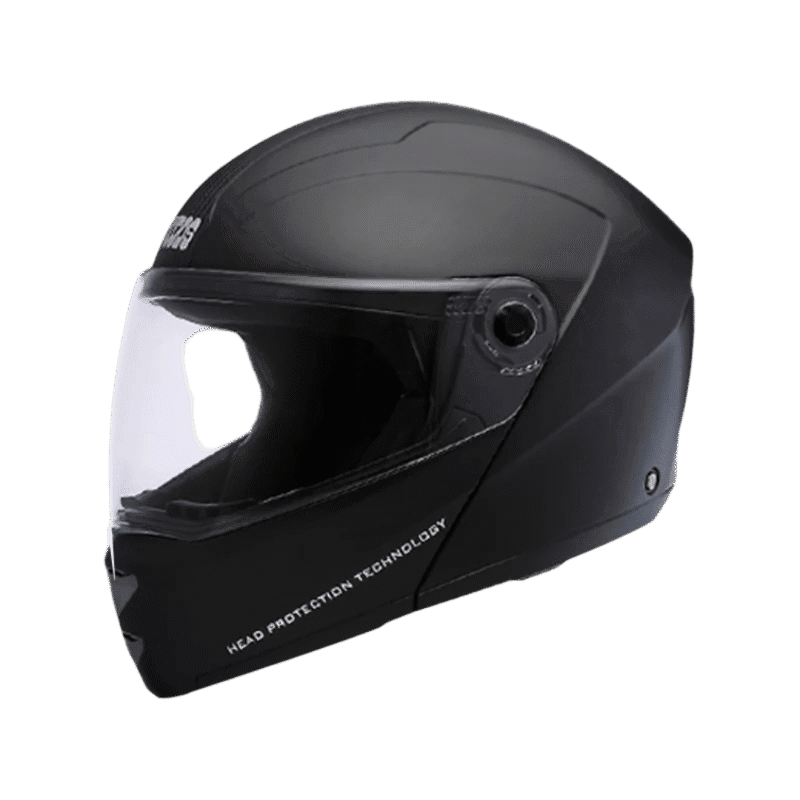
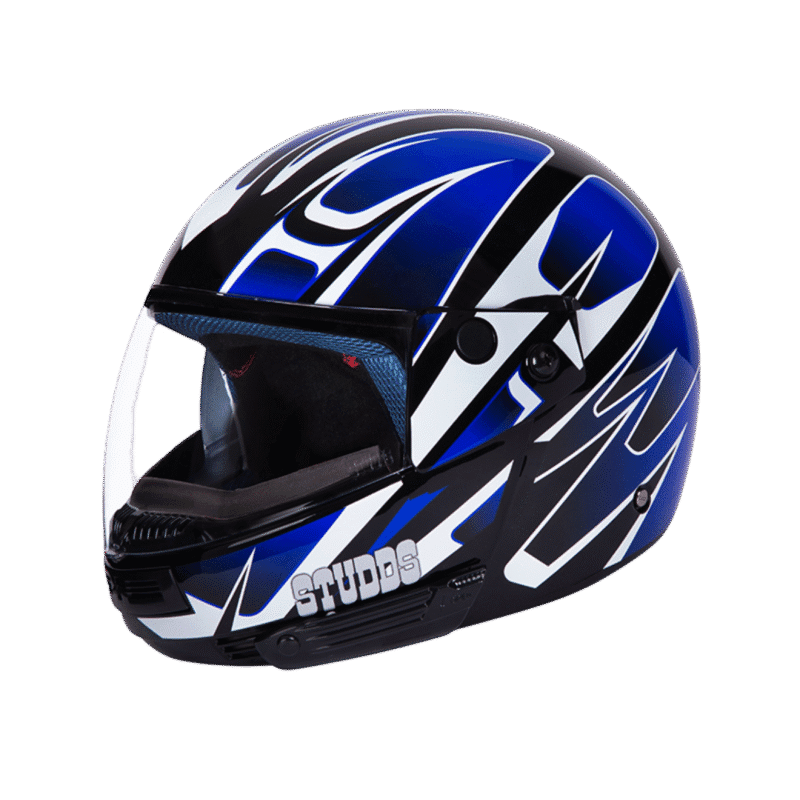
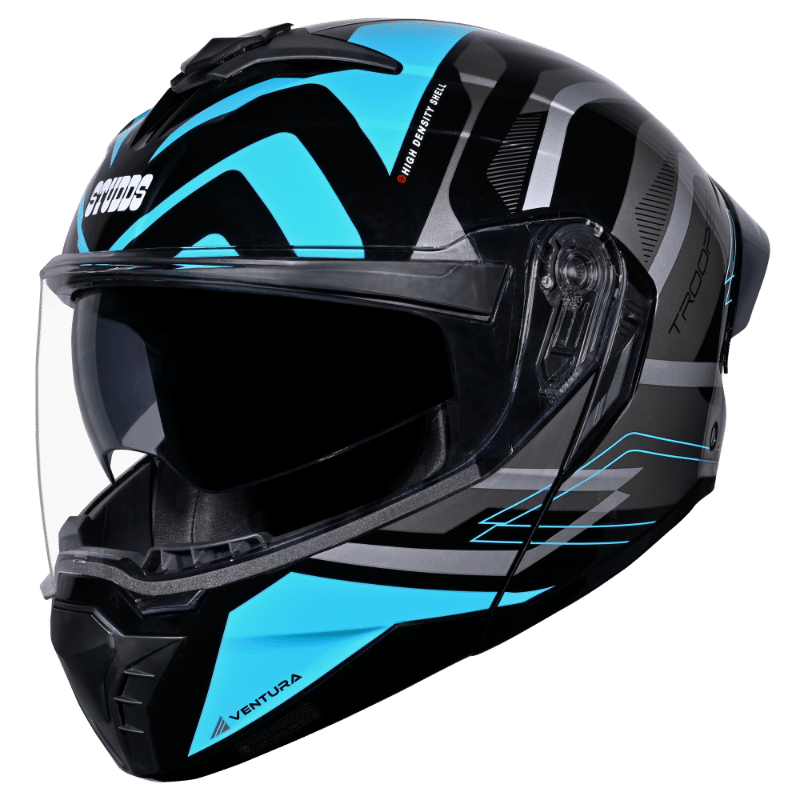
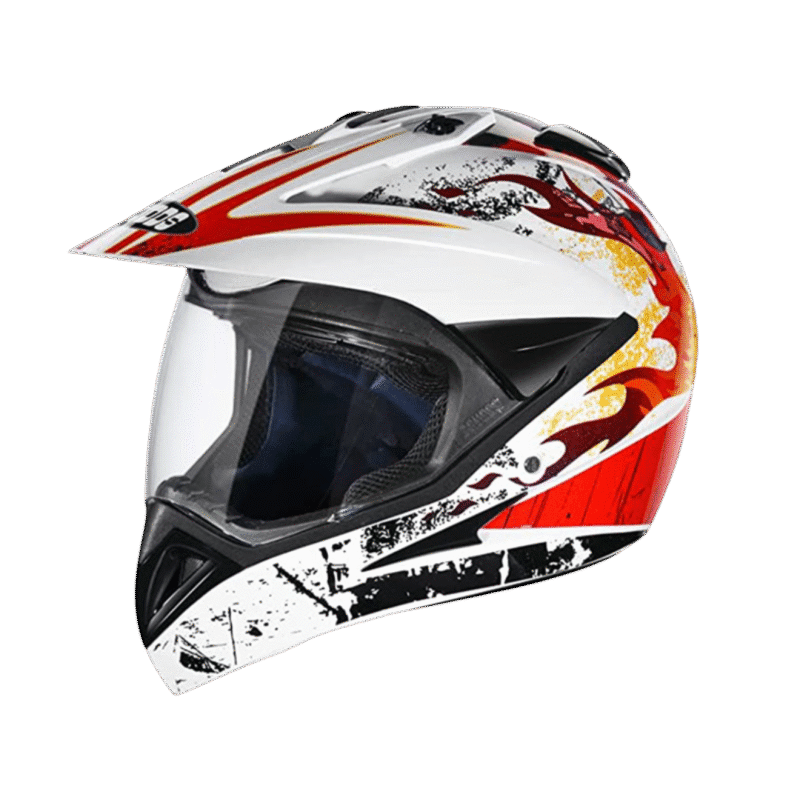
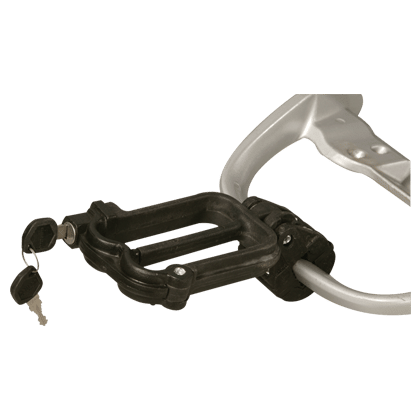
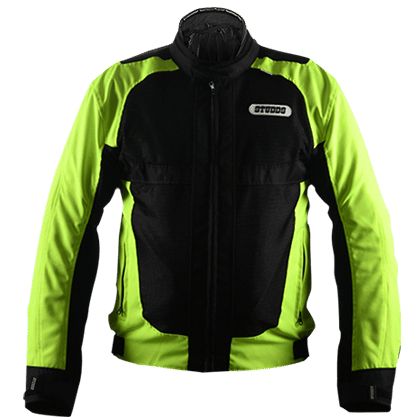
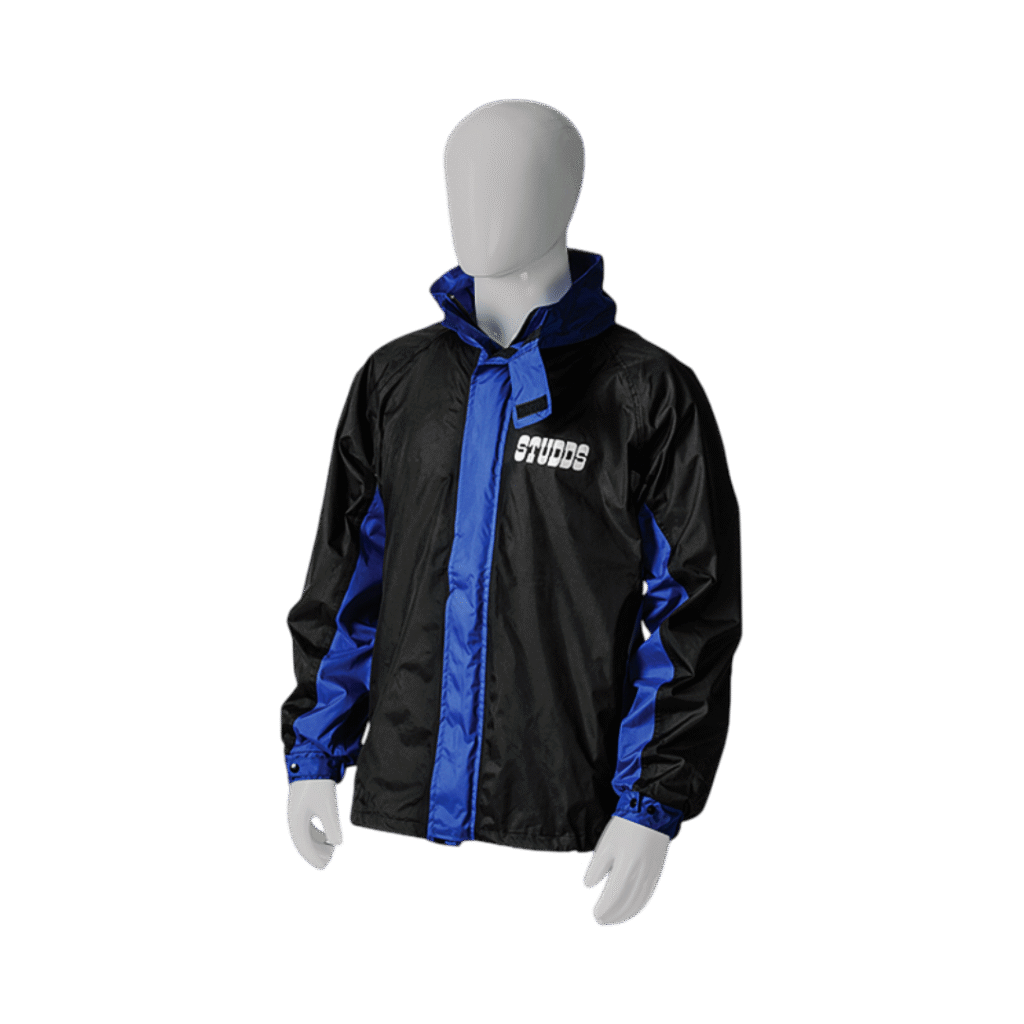
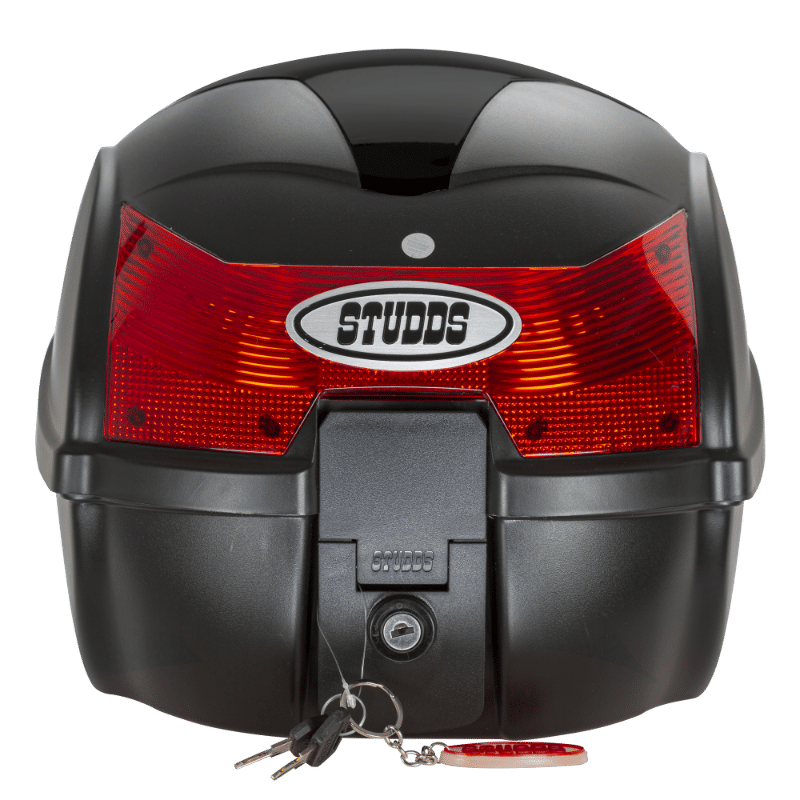
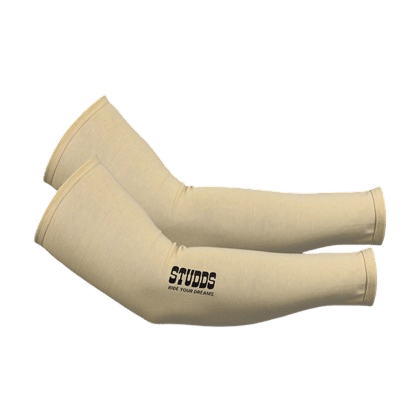
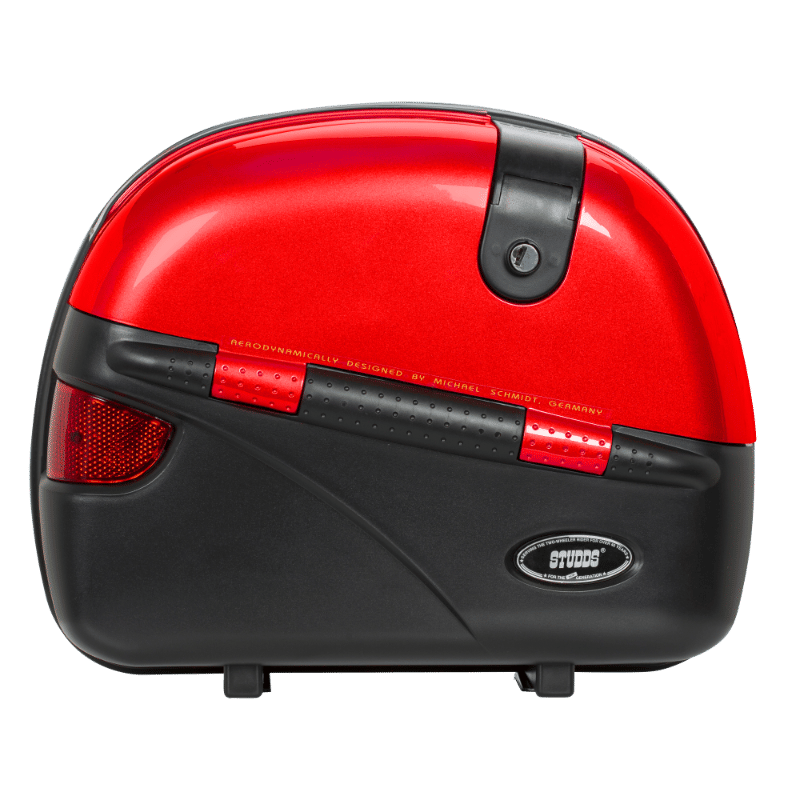
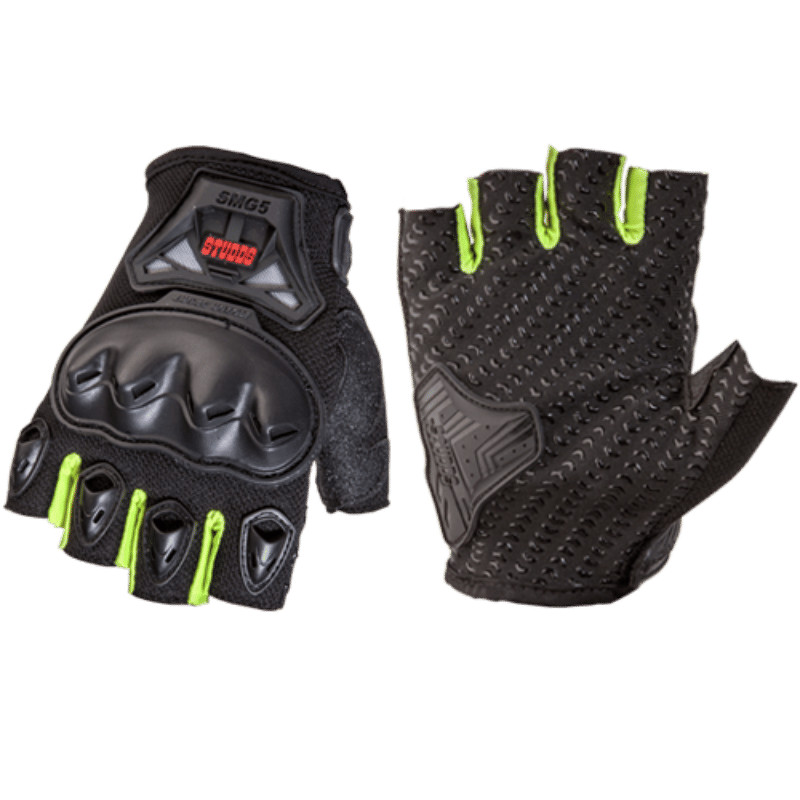
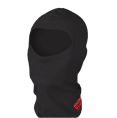

 STUDDS Accessories
STUDDS Accessories  08/10/2020
08/10/2020